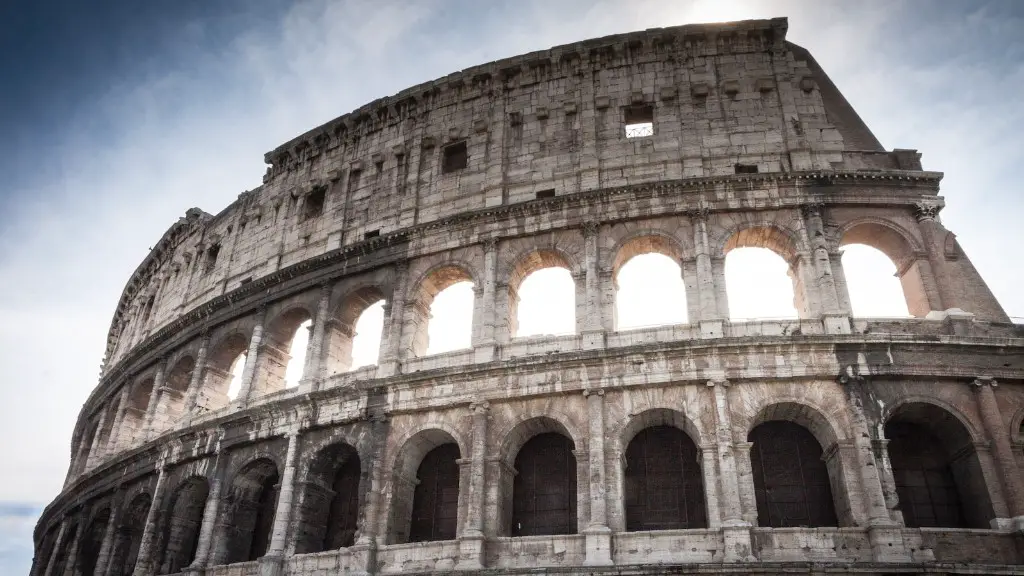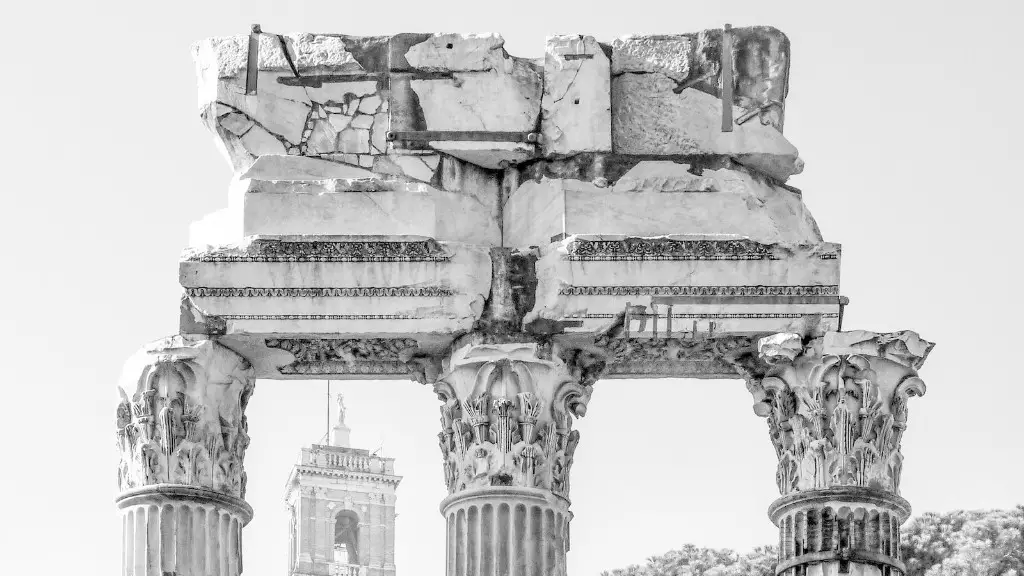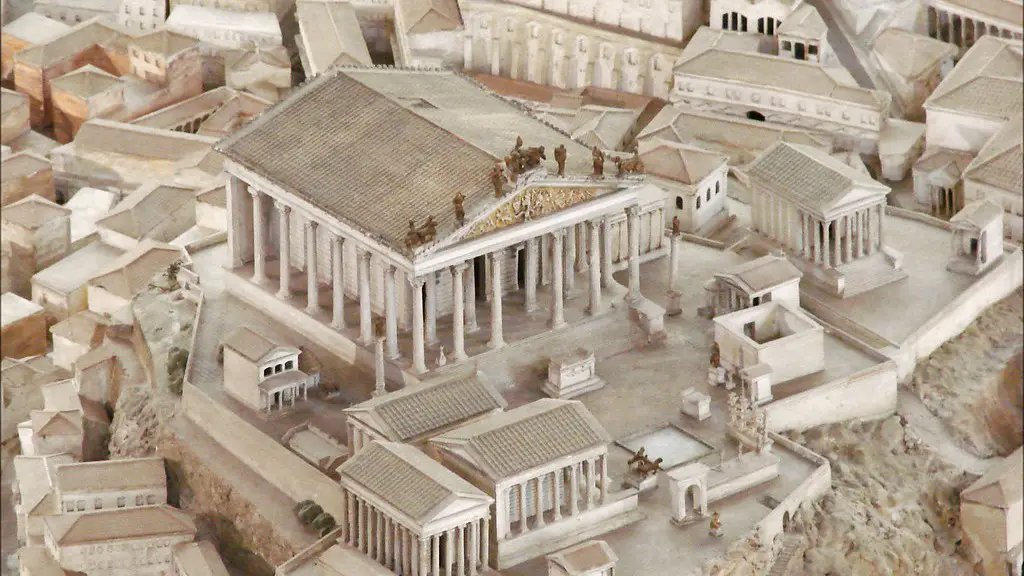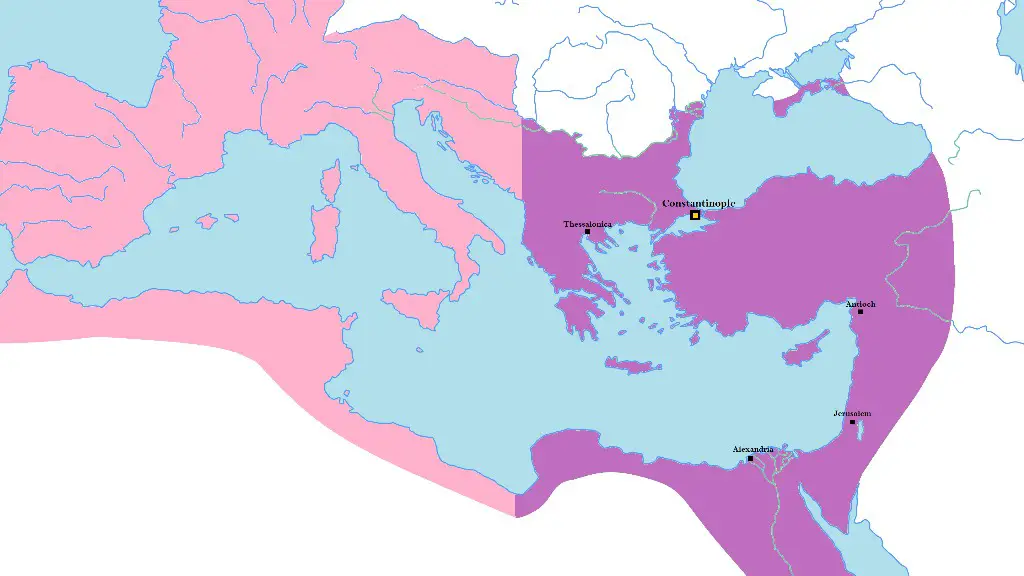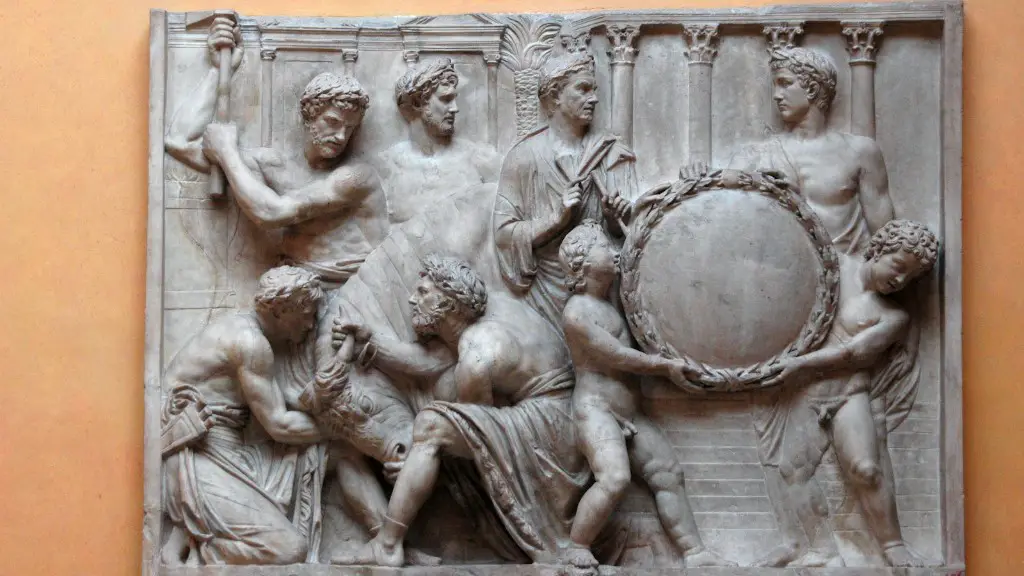It’s no secret that the ancient Romans had a very unique and unrivalled culinary culture. Ancient Roman cuisine was a mix of local flavors, many of which have been lost in the centuries, and influences from outside cultures. The history of Roman food is an intriguing one that has been passed down through the centuries and has shaped the way we look at food today.
The Roman diet comprised primarily of grains, vegetables, fruits, and the occasional meat. Grains were the main staple of their diet and were usually eaten in the form of porridge, bread, and pasta. Vegetables like cabbage, broccoli, mushrooms, and onions were also abundant, and these were often served with olive oil or cheese. The Romans also enjoyed fruits, nuts and seeds, and herbs like rosemary.
Meat, fish, and seafood were rarely eaten by the Romans. Meat dishes were considered too extravagant by the ruling classes and were prohibited by law. For those who could afford it, pork, mutton, and beef were common while poultry and goat were also eaten. Fish and seafood were consumed on a small scale, usually at banquets.
Ancient Romans had some creative ways of making food. Cheese dishes were common, as were dishes that consisted of layers of herbs and vegetables, cooked in a deep pot. Wine was frequently enjoyed, and it was often mixed with herbs, spices, and honey. Fruit-based desserts were popular, as were sweetened breads.
Although we may not be able to experience the food from Ancient Rome today, we can still get an idea of what it was like. Many of the dishes that were served during the period have remained popular in Italian cuisine, albeit in modified forms. From pizza and pasta, to focaccia and lasagne, many of the flavors from Ancient Rome still linger in today’s cuisine.
Historians and culinary experts can also offer insights on the food of Ancient Rome. Archaeological evidence shows that food was cooked in a variety of ways, from baking and boiling to grilling or roasting. Historians can also access records that give a clear indication of the ingredients that were used in Ancient Roman cuisine.
Studying the Roman Empire’s gastronomic habits gives us a better understanding of their culture, helps us appreciate the evolution of food, and provides us with an appreciation of the diverse cultures that have influenced the dishes we enjoy today.
Banquets in Ancient Rome
Banquets were a huge part of Ancient Roman festivities. Rich aristocrats held lavish dinners with their closest friends, showing their generosity and gaining political favors in the process. Food was served on silver plates and of course, accompanied by copious amounts of wine. Banquets often featured extravagant dishes like glazed pork, beef with spices, and oyster pies. Meat was treated like a rare delicacy, so banquets often included costly dishes that have been passed down by generations, including Paxamathi and Porphyreon.
Elegant table decorating was also an integral part of banquets. Wealthy Romans would display elaborate table settings with valuable ceramics, artwork, and exotic foods from around the world. Fruits, vegetables, and nuts were commonly served to increase the visual appeal of the table.
Roman banquets were not limited to the rich; lower classes also held banquets, though usually on a much smaller scale. These events often involved simple dishes like boiled vegetables, pulses and porridge. Of course, guests at the banquet would usually wash it all down with home-brewed wine.
Popular Ingredients
The Romans used a variety of ingredients to make their dishes. Commonly used items include rosemary, pepper, saffron, and olive oil. Honey was an important part of the Roman diet, as it was used in many desserts. The Romans also had a sweet tooth and enjoyed indulging in desserts like cake and custard.
Common fruits and vegetables included cabbage, onions, garlic, leeks, cucumber, celery, olives, apples, and dates. Ancient Romans also enjoyed lentils, which were a popular source of protein. Other staples in their diet were beans, chickpeas, and nuts.
Herbs and spices were important for making tastier dishes. Popular spices included coriander, thyme, and fennel, and herbs like oregano were also used. Toppings of nuts and honey were common while salt was often used to enhance the flavor of food. This gave rise to the popular ‘garum’, a type of fish sauce used in many dishes.
Influence on Modern Cuisine
Many of the dishes we enjoy today are inspired by Ancient Roman cuisine. Pasta, pizza, lasagne, and focaccia were all introduced in the Roman times. The Roman empire also brought ingredients like saffron, asparagus, artichokes, beets, and celery to the Western culinary world. Many of the sweet cleansing dishes, such as roasted peaches infused with honey, are still eaten today. The Romans were also the first civilization to cultivate and use grapes for winemaking.
In recent years, there has been a resurgence of interest in Ancient Roman cuisine, with many restaurants offering traditional Roman dishes. Cookbooks devoted to Roman fare are plentiful, as are cooking courses and tastings. There is no doubt that the Romans were far ahead of their time when it came to food; their influence can still be felt today.
Recipes
In Ancient Rome, recipes were often handwritten on papyrus paper and passed down from generation to generation. Even today, you can find recipes from Ancient Rome that have been saved and passed down. Recipes like Porchetta, a dish of marinated pork, or Aethiopia, a spiced honey sauce, can be found in many cook books. Others, such as Garum, a savory fish sauce used as a condiment that is popular in many Mediterranean countries, originated in Roman kitchens.
The popularity of Roman recipes has endured in many countries around the world, particularly in Italy and the Mediterranean. Dishes like polenta, risotto, pizza, artichokes, and gnocchi all originated in Ancient Rome and are still enjoyed by millions of people today.
Cooks and chefs who are interested in trying out Roman recipes should use only fresh ingredients, as this will help lock in the rich flavors and textures associated with each dish. Recipes should also be adhered to carefully, as even slight modifications can lead to very different outcomes.
Preservation of Ancient Roman Dishes
Preserving Roman recipes and culinary cultures has become an important occupation for those who have a special interest in Roman cuisine. Organizations like the Cultural Heritage Rome specialize in preserving the traditional dishes and customs of Ancient Rome for posterity. Through education and interactive activities like gastronomic fairs and cooking competitions, these organizations are helping to revive the culinary traditions and recipes of Ancient Rome.
Academics have also played an important role in the preservation of Roman cuisine. Archaeologists and food historians have documented the diet of the ancient Romans and written books, essays, and articles on their food culture. Much of our knowledge of ancient culinary customs has been painstakingly pieced together by experts, giving us a vivid picture of how Romans ate and prepared food.
The food of Ancient Rome, although no longer widely practiced, is an important element of cultural heritage. By exploring the flavors and dishes of the past, we can gain a better understanding of the Romans and their culture as well as appreciate the evolution of food.
Conclusion
Ancient Roman cuisine was incredibly diverse, ranging from simple meals to elaborate banquets. Though the ingredients and dishes have evolved over the centuries, a number of traditional Roman recipes have been preserved and are still widely enjoyed today. From pasta and pizza, to polenta, artichokes, and the popular Roman fish sauce Garum, the influence of Ancient Roman cuisine can still be felt today.
